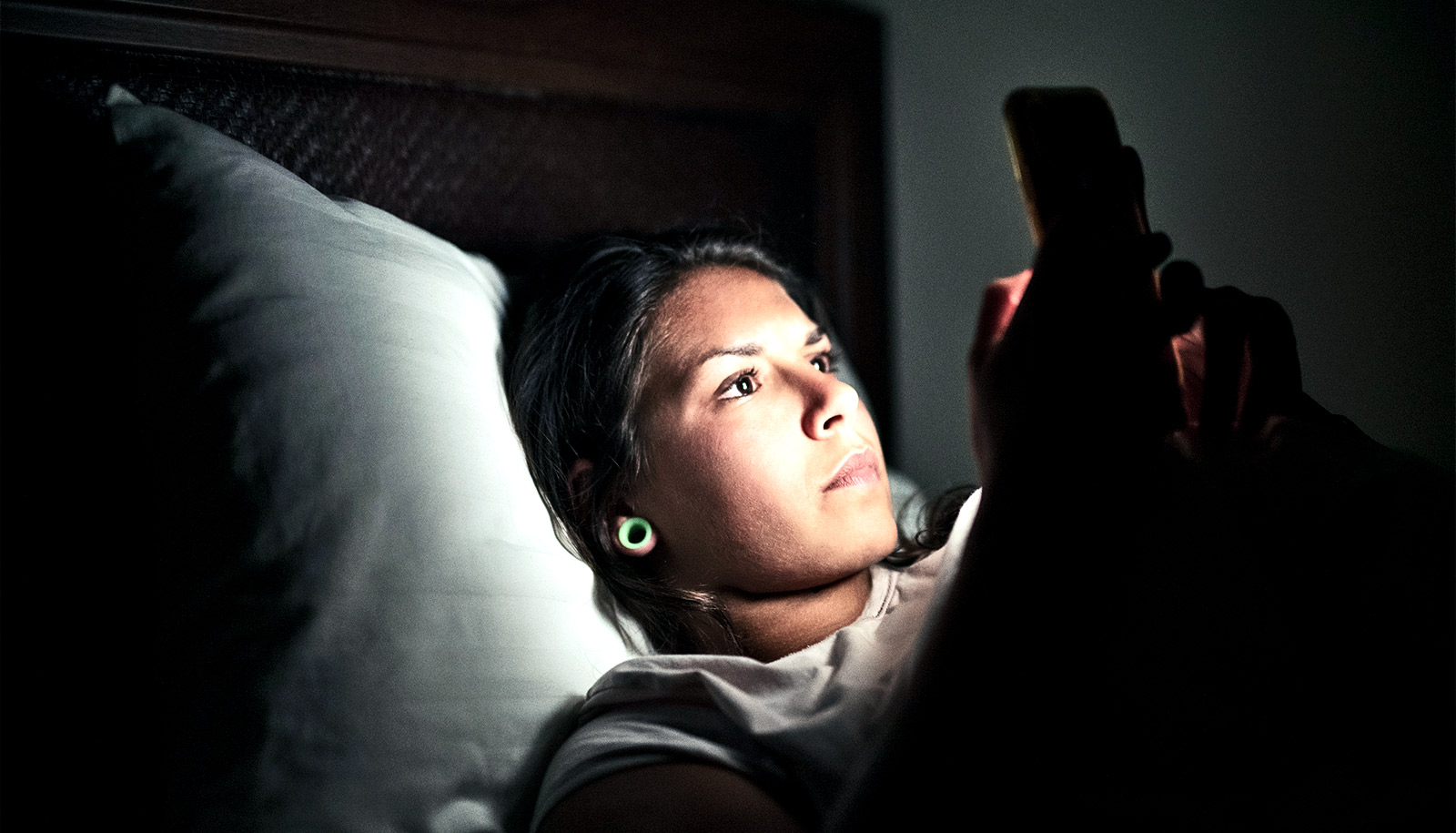People who trust television and Facebook to provide them with accurate news about the coronavirus pandemic are less knowledgeable about COVID-19, according to a new study.
The study assessed people’s knowledge of the virus in the earliest stages of the pandemic.
The study in Current Medical Research & Opinion, surveyed 5,948 adults in Pennsylvania between March 25-31, 2020, and found that those who relied on social media and TV for news were less likely to get the facts right about the coronavirus.
In fact, adults that used Facebook as an additional source of news in any way were less likely to answer COVID-19 questions correctly than those who did not.
“The rise of social media has changed the way people around the world keep up with current events, with studies showing that up to 66% of Americans rely on social media for news,” says coauthor Robert Lennon, associate professor of family and community medicine at Penn State’s College of Medicine.
“This is worrying, as misinformation and misunderstanding about COVID-19 and how it spreads is likely to have fueled the pandemic, the death toll of which now surpasses 2.5 million worldwide.” says Lennon.
In early March 2020, the COVID-19 outbreak had become alarming enough that Lennon and other researchers rapidly developed a survey to explore public knowledge, perceptions, and preferred information sources regarding COVID-19. Within hours of being told that they had been awarded funding, the World Health Organization declared COVID-19 a pandemic, and two days later the president declared a national emergency.
The survey was disseminated to 5,948 adults in Pennsylvania, offering insight into the public use of information in the midst of a national emergency. The respondents answered questions about where they got their news about coronavirus from, and which news sources they trusted most. They were then given 15 statements about COVID-19 and asked if they thought the statements were true or false, and how confident they were in their answer.
The questions covered knowledge across several domains—transmission, severity, treatment—and asked questions felt to be of easy, moderate, and hard difficulty in each. As media coverage of COVID-19 escalated, developing knowledge questions became increasingly difficult—a nearly impossible question on Monday was by Thursday so easy it couldn’t be used.
The results showed that the most trusted news sources were government websites (42.8%), followed by television (27.2%), and health system communications (9.3%).
There was a clear relationship between where people got their news from and their knowledge of coronavirus. For example, participants who said that their most trusted source of information was government health websites were more likely to correctly answer COVID-19 questions than other groups. On the other hand, individuals whose most trusted source was television news were less likely to correctly answer COVID-19 questions than other groups. Respondents who selected “Facebook” as either their single most trusted source or as an additional information source were less likely to answer knowledge questions correctly.
The findings highlight the importance of considering where people get their news from when designing public health interventions. Guidance such as “stay at home,” “wash your hands,” “wear a mask,” and “socially distance” are only effective if understood and followed.
“Effective communication is a critical element of successfully managing a pandemic response,” says Lennon. “Until vaccination is widespread and proven to be effective, public compliance with public health recommendations is our best chance of containing the disease.”
“The first step in compliance is an understanding of those recommendations, so it is vital that health communicators—such as those working for government agencies, academic institutions, and health care organizations—consider how the public get their information and monitor these venues to correct misinformation when it appears.”
Support for the research came from the Penn State Huck Institutes of the Life Sciences, Penn State Social Science Research Institute, and the Department of Family and Community Medicine at Penn State College of Medicine. Family and Community Medicine faculty were involved in study design and manuscript production. The researchers disclose no other conflicts of interest. The Penn State Clinical and Translational Science Institute funded the REDCap database used in this project through the National Centers for Advancing Translational Science.
Source: Penn State



